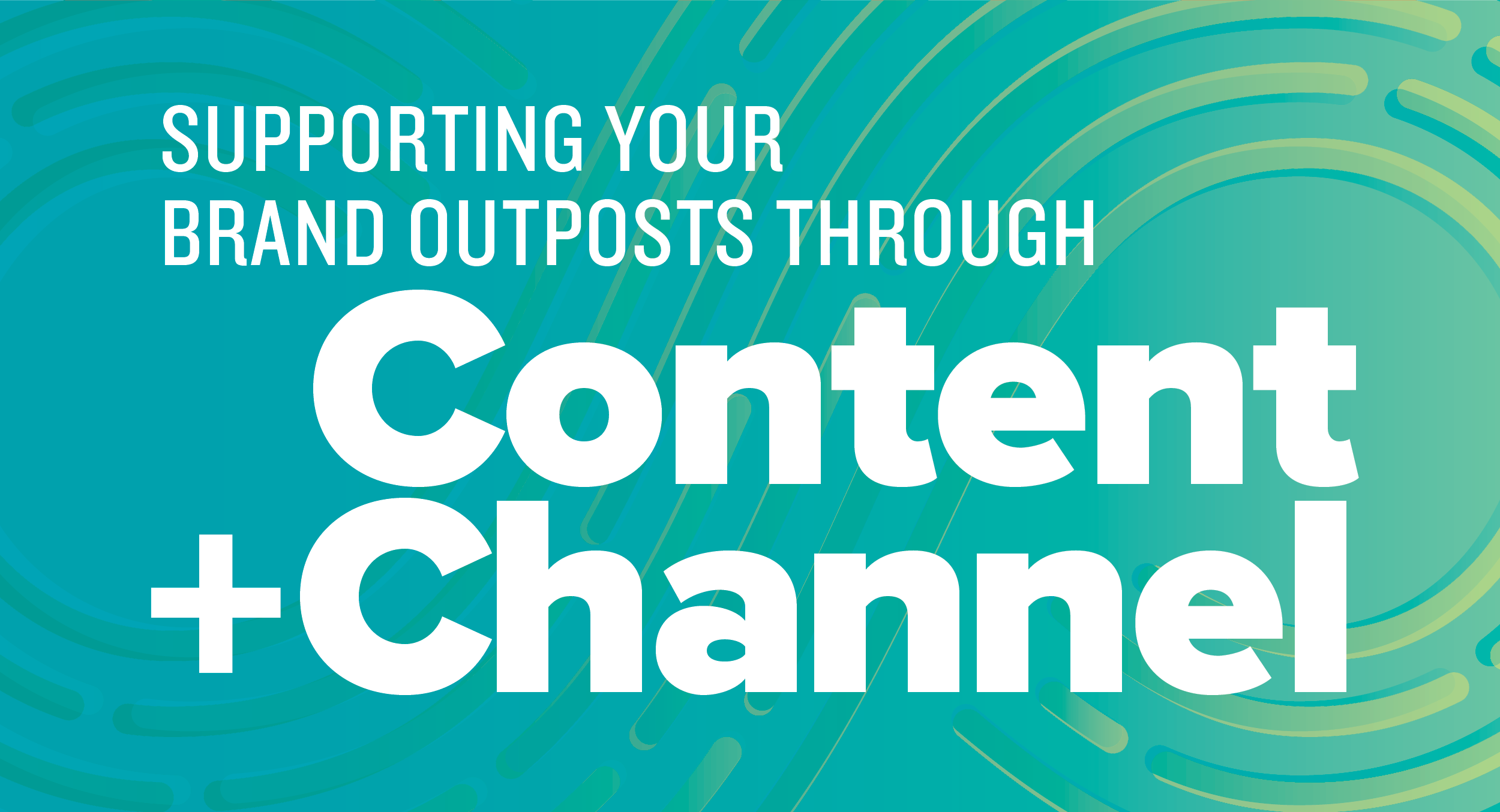In the second installment of our blog series, Chief Creative Officer Chris Hoke breaks down the evolution of content and channels, how audiences consume content across various types of mediums, and the increasing significance for brands amidst COVID-19 to hone their messages and deepen consumer engagement.
Part One: Searching for Deeper Connections During Times of Change
Part Two: Supporting Your Brand Outposts Through Content and Channel
Part Three: Evaluating Your Success Story: Understanding Audience Feedback
Our goal as communications professionals should be not just to speak, but to understand and, in turn, grow our understanding of our audiences. The path there isn’t overly difficult – it requires listening in addition to speaking. Listening in today’s world might mean surveys, focus groups, digital data and analytics, or simple intuition. What isn’t quite as easy is knowing how to interpret what you are hearing by channel and what type of response can deepen engagement.
CHANNEL SURFING
Considering the proliferation of data and the broad choice of media channels, we can easily find our desired audiences and speak directly to them. Each medium, however, has its own language and nuance that we must understand to make real connections with people and cut through the clutter. As we look to speak thoughtfully both during and after the COVID-10 pandemic, we must look at not only where our brand tribes are (through listening to data) but WHY they are congregating there. Is it because they find the pace of the channel familiar? Or simply because that medium is where their friends and family congregate?
A medium is defined in science as “an intervening substance through which something is transmitted.” In this discussion, it’s an accurate description. By this definition, a medium is not passive— it intervenes and affects your message beyond your control. How, as professionals, can we predictably navigate this constantly changing landscape?
Marshall Mcluhan was a philosopher whose work in media theory is considered prescient and groundbreaking. He posed the idea that each new medium carries the content of the last accepted one until it finds its own unique form of expression. As an example, early movies were the equivalent of adding words and pictures to the popularized radio show format. As the cinema medium found its footing and started to hone its own identity, television emerged and began to compress storylines into shorter formats to allow for more advertising. As television’s form exploded through cable, the ultimate media emerged alongside it: digital and social channels.
Suddenly, brands began to compete head-to-head with individual personalities and peers for attention and mindshare. It’s no longer an option to have static messages and content – audiences expect brands to move with the news cycle and respond to trends and events. Success in new channels is built on understanding the personality and unique format of the channel, and then speaking with a voice built on the personality and point of view of your brand or organization.
WHO ARE YOU?
Content can be defined as “the subject matter or symbolic significance of something” as well as “information made available by a website or other electronic medium.” Both are accurate as stand-alone definitions, but viewing these descriptions together provides a more complete interpretation for this discussion. Content is a primary tool at our disposal as communications professionals. It is where the individualism and personality of a brand can be expressed. Critical to creating effective content is an elevated sense of craft: smart storytelling, artful visualization and good, audience-appropriate writing.
If we accept that we vie for attention with not only competing brands, but our audience’s friends, family, favorite music, apps and games, then we must accept that we can’t be a passive entity. People need to not only hear your message; they need to choose your message. Influencers are a valid way to reach a pre-determined audience and align with someone else’s voice, but this strategy needs to be paired with a brand’s own solid point of view and personality.
Humanizing your brand requires listening and learning. It also means being authentic by creating a personality and messages that audiences find consistent, relatable, and trustworthy. Brands that do this well, especially during difficult times like the current crisis, put people first – their employees, their customers and their neighbors. They demonstrate humility and compassion in distinct ways that connect to their audience.
The personality of a brand should be authentic to the brand’s values and should be relatable to its audiences. A great example on Twitter is Wendy’s Restaurants —they have 3.7MM followers and utilize the channel for content and giveaways focused through a familiar and approachable tone. Some of the content is laugh-out-loud funny and has less to do with their product than embracing the lifestyle of their Gen-Z audience on the channel.
GoPro utilizes Instagram to showcase content made with their cameras, and in the process inspires its followers to use the products in new and exciting ways. By showcasing user-generated content, they have created a community of consumers of over more than 17 million followers who understand not only the aim of the channel, but their place in it.
In the same way that relationships between people can grow and change, organizations must be aware that their audiences will evolve as their lives and circumstances evolve and likely “jump” channels—and they will need to make the leap with them. By listening with as much intention as we speak, communications professionals can continue to navigate an accelerating landscape and build deeper connections with our audiences.
